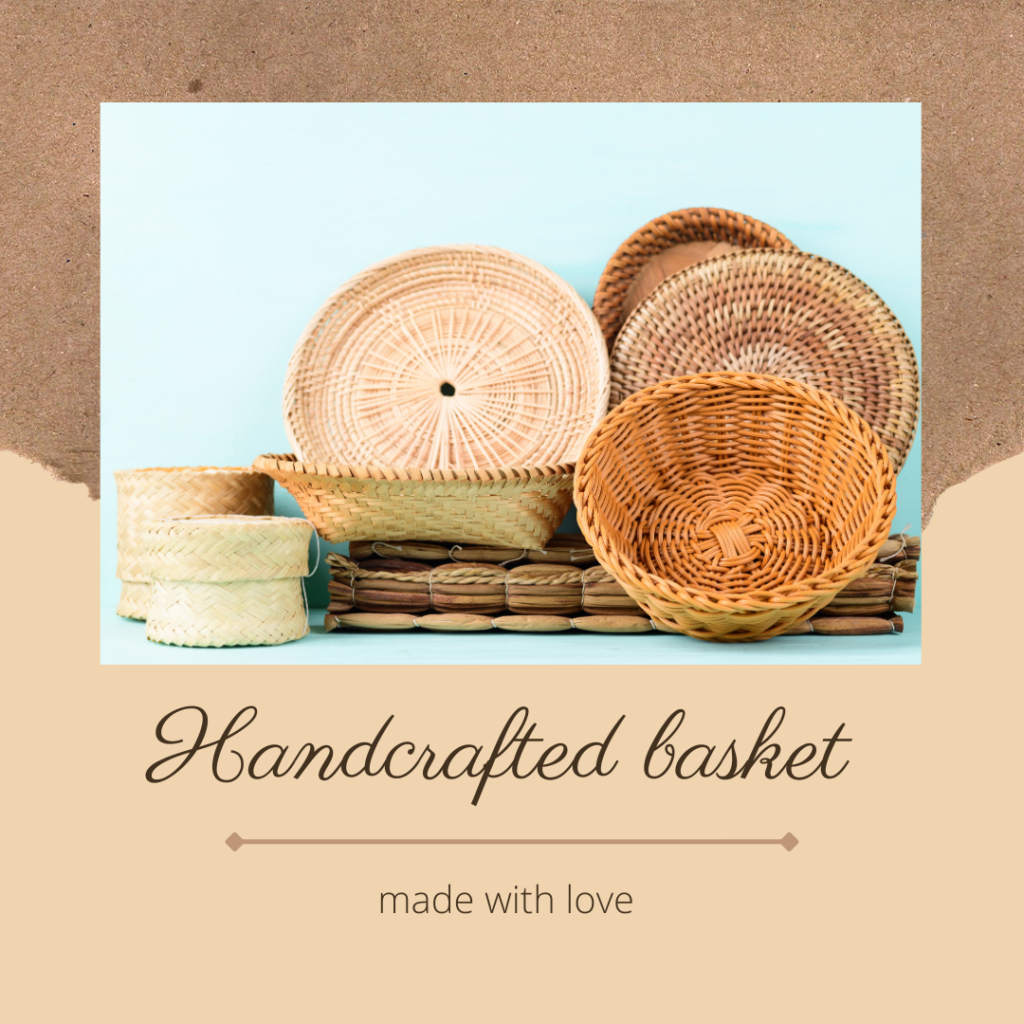The handmade goods market has seen an explosive growth of over 25% in the past few years, showcasing the rise of unique, artisan products. While opportunities abound, challenges like intense competition and market saturation exist. This guide will outline a clear path to successfully grow your handmade goods business.
Understanding and Target Audience homemade handcrafted
Market Research: Identifying Demand
Conducting market research is vital to identifying what sells. Use tools like Etsy trend reports and social media listening to spot emerging trends. Focus on specific niches such as custom jewelry, eco-friendly crafts, or handmade home décor. For instance, did you know that the handmade soap market alone is expected to reach $40 billion by 2025?
Defining Your Ideal Customer
Create customer personas to understand your audience better. Ask yourself:
- What age group are they?
- What are their interests?
- Where do they shop?
For instance, a successful handmade candle business may target eco-conscious consumers aged 25-40, interested in sustainable living. Handmade Goods Business
Competitive Analysis: Finding Your Edge
Analyze competitors by looking at their strengths, weaknesses, and pricing strategies. Find gaps you can fill. For example, while many handmade jewelry makers focus on materials, some stand out by offering custom designs or sustainable options. Emphasize what makes your products unique.
Crafting a Winning Brand and Product Line
Brand Identity: Defining Your Unique Voice Handmade Goods Business
A strong brand identity is crucial. Consider your logo design, brand story, and brand voice. Brands like Anthropologie shine by telling stories that resonate with their audience. Aim for authenticity, and let your personality show through your brand.
Product Development: Refining Your Offerings
Focus on creating high-quality products. Test your offerings and seek feedback. Diversifying your product line can attract more customers. For example, a seller of handmade scarves could expand into hats and gloves during winter seasons.
Pricing Strategy: Finding the Sweet Spot
Choose a pricing model that works best for you. Cost-plus pricing helps cover expenses while ensuring profit. Value-based pricing considers what customers are willing to pay. For instance, a unique handmade mug might sell for a premium due to its craftsmanship and design.
Building an Online Presence and Marketing Handmade Goods Business
Website and E-commerce: Establishing Your Digital Shop
Having a polished website is essential. Choose platforms like Shopify or Etsy to set up your store. Look for inspiration in sites that display products beautifully and offer easy navigation. A well-designed site boosts sales and enhances customer trust. Handmade Goods Business with digital marketing agency
Social Media Marketing: Connecting with Your Audience
Social media is a powerful tool for reaching potential customers. Use platforms like Instagram and Pinterest to showcase your products visually. More than 75% of craft enthusiasts are active on these platforms, making it vital to engage with your audience through posts and stories.
Search Engine Optimization (SEO): Increasing Your Visibility
Optimizing your website for search engines will improve your visibility. Use keyword-rich titles and descriptions for your products. For example, instead of “handmade mug,” use “eco-friendly handmade ceramic mug.” This can help your products rank higher in search results.
Optimizing Your Production and Operations
Production Efficiency: Streamlining Your Workflow
Work on increasing efficiency in your production and fulfillment processes. Tools like Canva can help with design, while inventory software can help track materials. Set daily goals to improve productivity and stay organized.
Inventory Management: Balancing Supply and Demand
Effective inventory management prevents stockouts or overstocking. Software solutions like QuickBooks help you keep track of your stock levels. This avoids wasting resources and helps maintain customer satisfaction.
Customer Service: Building Loyalty and Advocacy
Exceptional customer service can turn buyers into loyal fans. Respond quickly to inquiries and handle complaints gracefully. A handmade business known for outstanding service, like Lush, creates loyal advocates who refer friends and family.

Scaling Your Handmade Business for Sustainable Growth
Expanding Your Reach: Exploring New Markets handmade goods business
Consider branching into new markets. Opportunities include wholesale or collaborations with other brands. Handmade businesses like Rustic Charm grew by partnering with local boutiques to sell their products.
Team Building and Delegation: Sharing the Load
As your business grows, consider building a team. Delegating tasks helps you focus on what matters most. For example, a jewelry maker might hire an assistant to handle packaging and shipping.
Financial Management: Ensuring Long-Term Success
Manage your finances wisely. Budgeting and planning for future growth are key. Consider consulting with a financial advisor to craft strategies tailored to your business goals. Successful handmade businesses often highlight the importance of financial planning in their growth stories.
Handmade Goods Business homemade handcrafted
In summary, understanding your market, crafting a strong brand, optimizing online presence, refining operations, and scaling wisely are essential steps for growth. Aspiring business owners should embrace these strategies for success. Start today—share your story or experiences and connect with others in the handmade community!

